Hotchkiss's I.F.V.
In August 1950 French Company Hotchkiss was ordered by the French general staff commission to develop two light armored tracked vehicles. One was a supply carrier (later CC2), and the other an APC for an half-platoon (later TT6). Both vehicles shared the same chassis and engine. In June 1953, the first two prototypes were delivered, and later three more, extensively tested in the Alps and North Africa. In 1954, there was an order for 50 pre-production carriers, which were further tested in the winter 1955/1956 and improved, receiving a sealed driver's compartment. However, the outbreak of the Algerian war prevented large-scale production.In 7-8 November 1955 a delegation from the German Ministry of Defence examined the model. In May 1956, a contract was secured with Hotchkiss for 5 wooden mockups of the German-specs type plus two prototypes of mild steel and a test campaign. On 30 August 1956, the first order of 1975 vehicles came, known as the Schützenpanzer Spz 42-1, a modified armored personnel carrier which was to be the head of a whole family of vehicles introduced in the end of 1956, partly built in Germany.
To compare the tactical rôle of the Spz "Kurz" (short) with the contemporary Hispano-Suiza HS.30 these were often referred to the ww2 Sd.Kfz.250 and 251, respectively. Indeed the Kurz was given scouting and recce missions. In the end, it was armed with the same turret and 20 mm autocannon, making it an early IFV (Infantry Fighting Vehicle).
Design of the Schützenpanzer Kurz
The Spz 11-2 was made of an entirely welded hull made of German-made 15 to 18 mm chrome-nickel-molybdenum alloy sheets sloped at 62°. The final hull was prismatic, with a pronounced sloped front (artificially raising the glacis thickness to 28 mm), while the sides and rear were only slightly sloped. Compartmentation was straightforward, with a front right hand side engine (exhaust grilles on the right) and transmission, main fuel tank, left hand side driver with his own hatch and three periscopes covering the frontal arc.The main fighting and crew compartment was in the rear section, with three seated and the commander seated in the autocannon turret (Spz 11-2), p^laced offset to the left hand side (behind the driver). This main armament was a 20 mm Hispano-Suiza 820/L35 cannon fitted with a 15x15 periscopic sight, and 575 rounds in store. It could fire AP rounds and was efficient against lightly armored vehicles (25-30 mm of armor) up to 1,500 m.
In addition, two banks of three smoke grenade launchers were installed on the turret for tactical and emergency concealment. The sides received fittings for extra toolings, crowbars, shovel, axe and pickaxes, and towing steel cable, or spare links. The vehicle was equipped with a radio emitter/receiver installed at the rear, with two wipe antennae. Configuration differed on other versions. The half-platoon could exit and access the vehicle through the two independent rear doors. The Spz Kurz was not amphibious (although it can cross 1.2 m of water) nor NBC-proof. The engine was a Hotchkiss 6-cylinder gasoline, 4678 cc, 164 hp @3900 rpm (122 kW).
Fuel capacity was 330 Liter, and range 380 km (road) or 250 km cross-country. Top speed was 58 km/h (road). Suspensions consisted of independent torsion arms for five stamped light roadwheels. There were also three return rollers, front drive sprockets and rear idler/tensioners. Tracks were 30.5 cm wide and ground clearance 35 cm.
Production
The armor plates and hull construction for the second series were developed in cooperation with Klöckner-Humboldt-Deutz (KHD) in Mainz-Mombach. The first armor plates were received in 1957 by Bochum (SWB) steelworks for assembly. According to the chassis numbers 1 to 2000 were French production vehicles (Hotchkiss-Brandt) whereas chassis numbers over 2000 were German (KHD). Counting all derivatives, total production was around 2,374 vehicles.Variants
Beobachtungspanzer 22-2
This Forward Observer vehicle (1970) was also used as a command vehicle (BeobPz kurz). It was armed with a single MG42/57 light machine gun and the main turret was replaced by the commander cupola, with an MG ring. There was another hatch for an observer to the right hand side and extra generator for a set of supplementary radios. The vehicle had a crew of four men and altogether 583 vehicles were produced.Mörserträger 51-2
The standard mortar-carrier tank, recognizable to the rear open bay (two panels) for the Brandt 81 mm mortar and crew (range 150 to 4,650 m). This version was used between 1960 and 1969 by the Panzergrendier and Panzeraufklärungs (armored recce) battalions. This vehicle was in service in particular with the 5th (heavy) Company of Panzergrenadier battalion, later replaced by the HS30 and M113 heavy mortar carriers (120 mm). In total 152 were produced.Nachschubpanzer 42-1
The shortened supply vehicle (four road wheels, rear open bay) originally derived from the Hotchkiss CC-2-55 design. 201 were produced, used from 1958 to 1962.Radarpanzer 91-2
A radar-carrying vehicle, equipped with an AN/TPS-33 battlefield surveillance radar which had a range of about 18 km. This model came from the conversion of medevac unused chassis, rebuilt at KHD in Mainz. The first was delivered on March, 12, 1967 and a total of 76 were built. An extra power generator facility was mounted on the left rear door. These vehicles served until 1987, replaced by the Fuchs/RASIT 8x8 recce vehicle.Sanitätspanzer kurz 2-2
The standard medevac vehicle (KrKw gep). The rear cargo bay was enlarged to carry up to three seated injured personnel. It was unarmed and had a crew of two (driver and paramedic). 385 vehicles were built, ultimately replaced by the M-113 in the 1980s whereas 77 were converted to the Radarpanzer 91-2.Spähpanzer SP.I.C.
Sole attempt to create a tank hunter or recce light tank, this experimental vehicle was equipped with a two-man turret at the rear, housing a French shortened 90 mm FL-10 gun. Tests were discontinued with two turrets and a reinforced chassis in 1962 but the project was halted.Active service
The Spz Kurz was only in service with Western Germany, from 1960 to 1974 for the cannon platoons of armored infantry battalions until 1974 (Panzergrenadiers) and until 1982 as a reconnaissance vehicle. It was replaced in this reconnaissance role by the Spähpanzer Luchs. Nowadays a dozen are exposed in private and public collections, some in running conditions.Sources/Links about the Spz Kurz
The Spz Kurz on WikipediaThe Hotchkiss Schutzenpanzer Kurz on panzerbaer.de (German)
Dedicated website (German)
Spz 11-2 Kurz specifications |
|
| Dimensions | 3,55 x 1,82 x 1,82 m (11.6 x 6 x 6 ft) |
| Total weight, battle ready | 2.75 tons (606 270 ibs) |
| Crew | 2 (Driver, gunner), see notes |
| Propulsion | 2.1 L Audi 5-cyl in-line TD 85 hp (64 KW) |
| Suspension | Independant torsion bars |
| Speed (road) | 70 kph (43,5 mph) |
| Range | 200 km (120 mi) |
| Armament | Standard: Rheinmetall MK 20 Rh202 20 mm cannon |
| Armor | 6-8 mm estimated |
| Total production | 2,386 in 1958-62. |
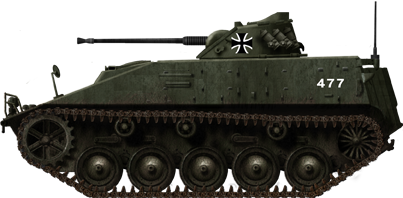
Spz Kurz with bare hull (without tooling), early production by Hotchkiss-Brandt, 1960.
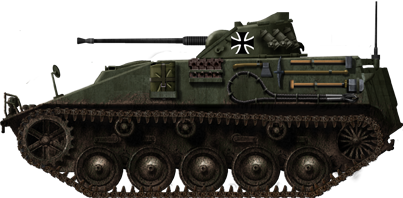
Schützenpanzer SPz 11-2 Kurz in service in the 1960s.
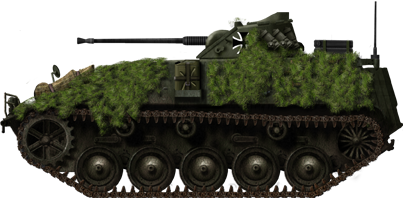
German-built Spz Kurz in the 1970s in manoeuvers, with camouflage.
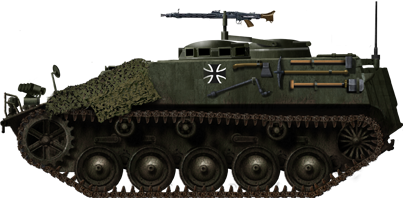
Beobachtungspanzer 22-2 command/forward artillery observation tank
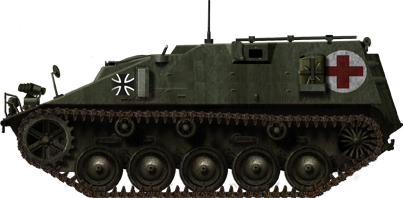
Sänitatspanzer Kurz 2-2 (armoured ambulance)
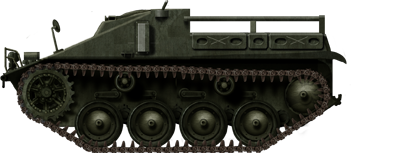
Nachschubpanzer 42-1 supply tank, derived from the Hotchkiss TT-6
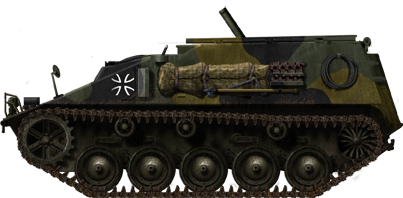 Mörserträger 51-2 (mortar carrier) in the early 1980s, one of the rare vehicles camouflaged.
Mörserträger 51-2 (mortar carrier) in the early 1980s, one of the rare vehicles camouflaged.
Gallery
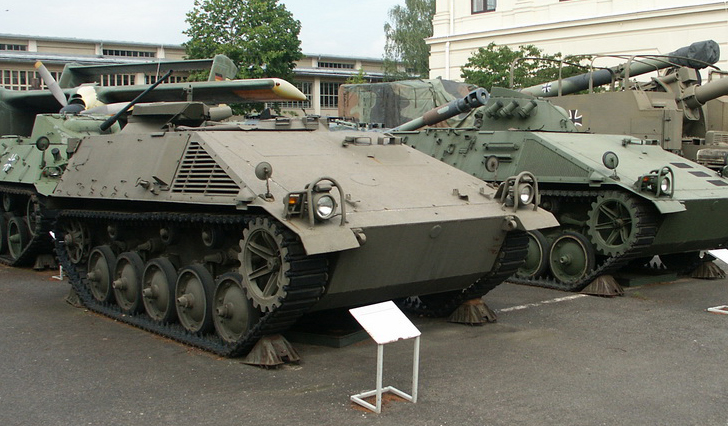
Two Spz Kurz (one Boebachtungs variant left) in the Dresden tank museum.
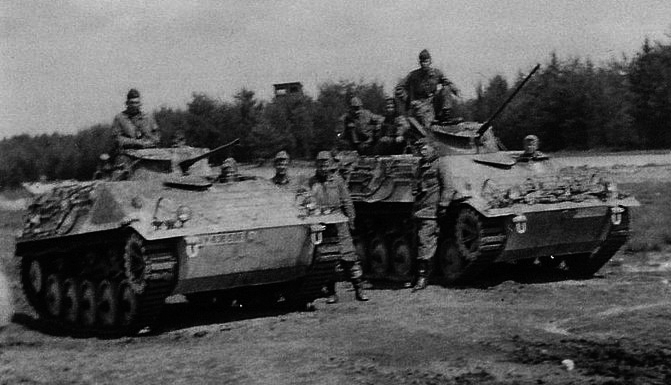
Hotchkiss 11-2 in testings in the 1950s.
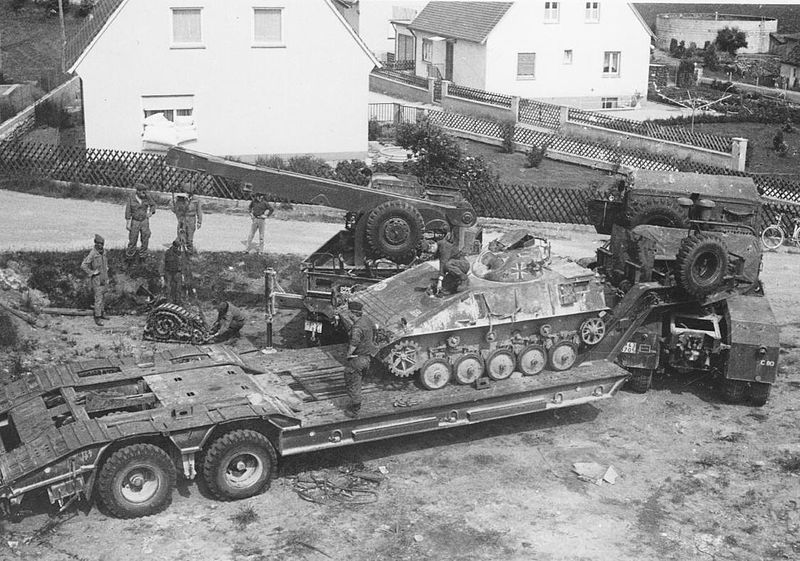
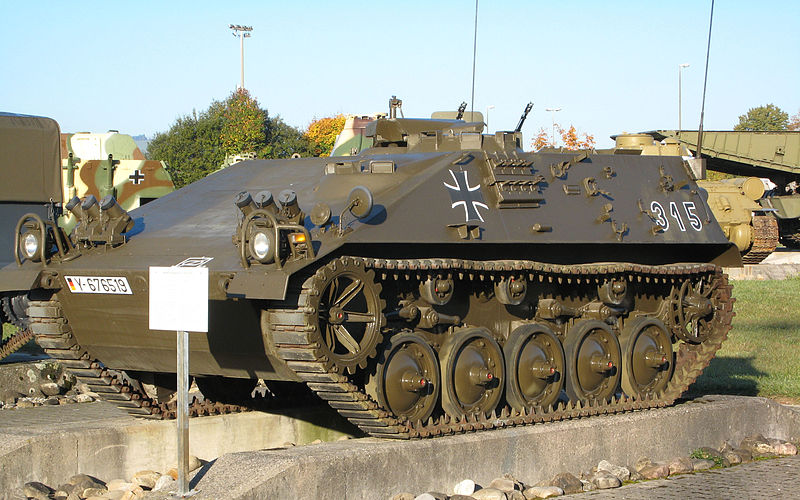

Cold War Tanks


































Cold war tanks posters

Cold War Main Battle Tanks

Cold War Soviet Army
Museums, Movies, Books & Games
The Tanks and Armor in pop culture
Tanks and armored vehicles in general are only really grasped when seen first person: The mass, the scale, it's all there. Explore also the way tanks were covered in the movie industry, in books and in video games.Movies:
Best tanks movie on warhistoryonline.com
On imdb.com
On bestsimilar.com/
miltours.com
liveabout.com/
watchmojo.com
Video Games:
pcgamesn.com
historyhit.com
levvvel.com
vg247.com/best-tank-games
mmobomb.com/
alienwarearena.com


